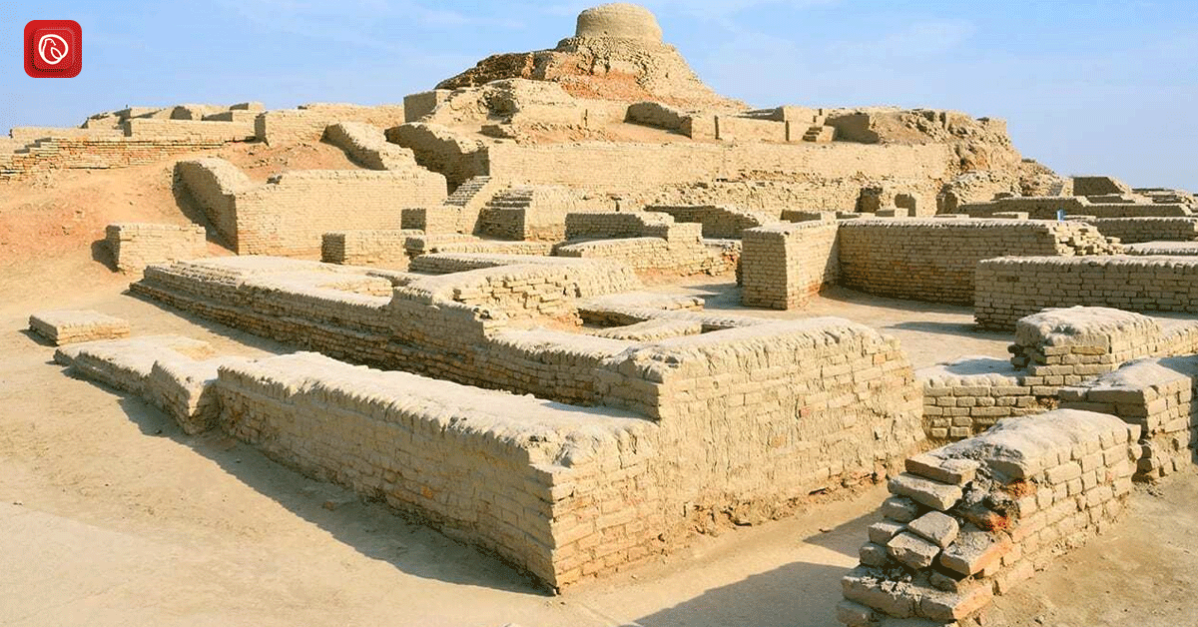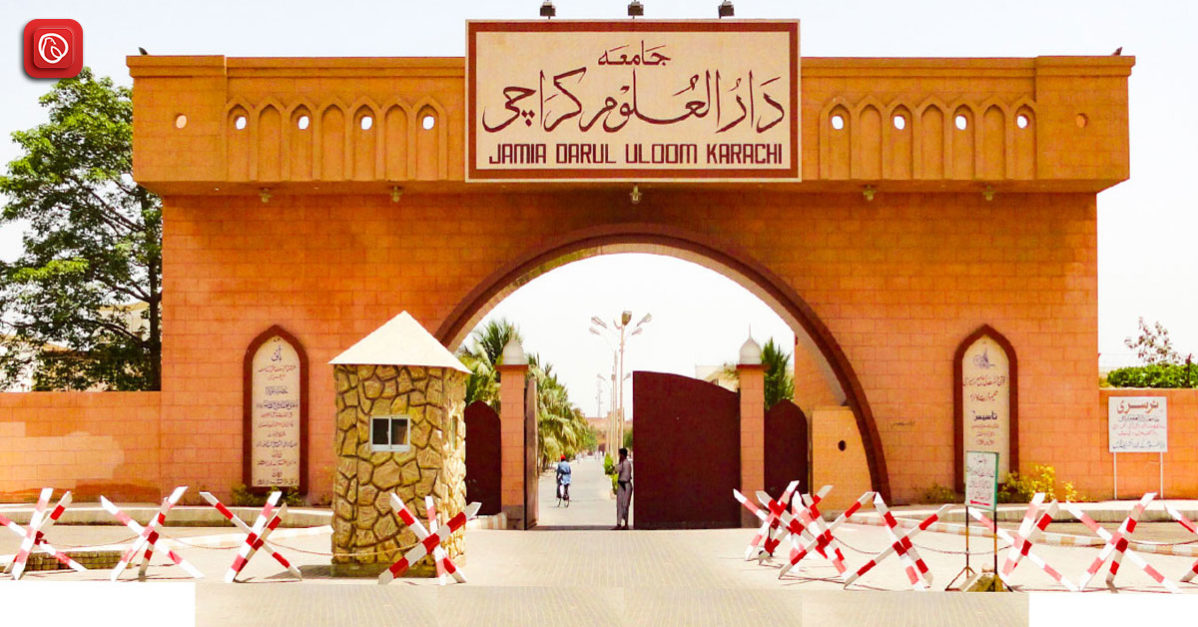Journey back in time to explore the Indus Valley civilisation, an ancient urban culture that thrived on the Indian subcontinent from around 2500 to 1700 BC. As one of the world’s earliest civilisations, alongside Mesopotamia and Egypt, the Indus civilisation’s extensive reach, urban sophistication, and mysterious script continue to intrigue historians and archaeologists.
In this blog, Graana.com will unravel the mysteries and rich history of this extraordinary civilisation, shedding light on its daily life, advanced planning, and lasting influence on the modern world.
An Overview
- The Indus Valley civilisation was in existence during two key periods, an early phase spanning from 3300 to 1300 BC, and a mature period from 2600 to 1900 BC.
- This ancient civilisation was located along the river Indus and extended across what is now northeast Afghanistan, northwest India, and Pakistan.
- It is one of the world’s earliest civilisations, alongside Mesopotamia and Ancient Egypt.
- The iconic cities of Mohenjo-Daro and Harappa emerged circa 2600 BC in the Indus River Valley, within modern-day Punjab and Sindh provinces of Pakistan.
- The rediscovery and excavation of these cities during the 19th and 20th centuries provided significant archaeological insights into ancient cultures and ways of life.
- Harappa and Mohenjo-Daro featured well-planned layouts and advanced infrastructure, showcasing the achievements of the Indus Valley civilisation.
- This blog aims to explore the history, culture, and enduring legacies of this ancient civilisation.
Chronology
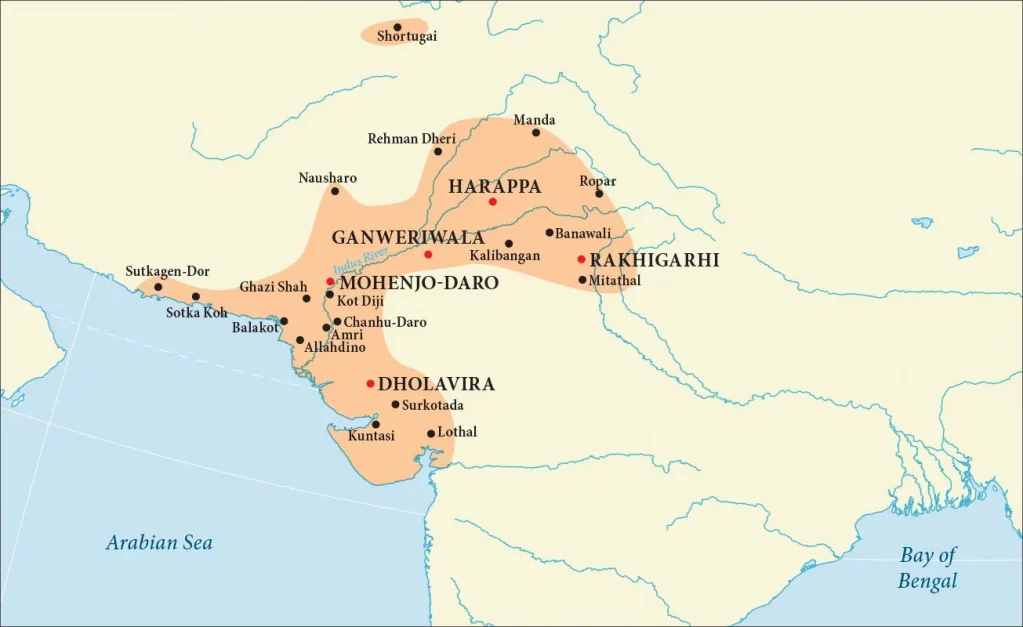
Sir Mortimer Wheeler, a respected British archaeologist, brought significant advancements to the world of archaeology in both Great Britain and India. He became the director general of archaeology for the government of India after World War II, focusing on unravelling the beginnings and growth of the Indus civilisation.
Wheeler’s work helped archaeologists roughly date the rise and fall of the Indus civilisation, relying on physical evidence from Harappan sites and knowledge of their trade with Egypt and Mesopotamia.
One interesting aspect of the civilisation was their trade in Lapis Lazuli, a beautiful blue stone. Though people knew it came from India, the exact source was a mystery until the discovery of the Indus Valley civilisation.
Even after the civilisation fell, Lapis Lazuli kept coming, but the initial exports likely came from this region. Different phases of the Harappan civilisation emerged, revealing the timeline of human progress. These phases are categorised as follows.
Pre-Harappan Period 7000 to 5500 BC
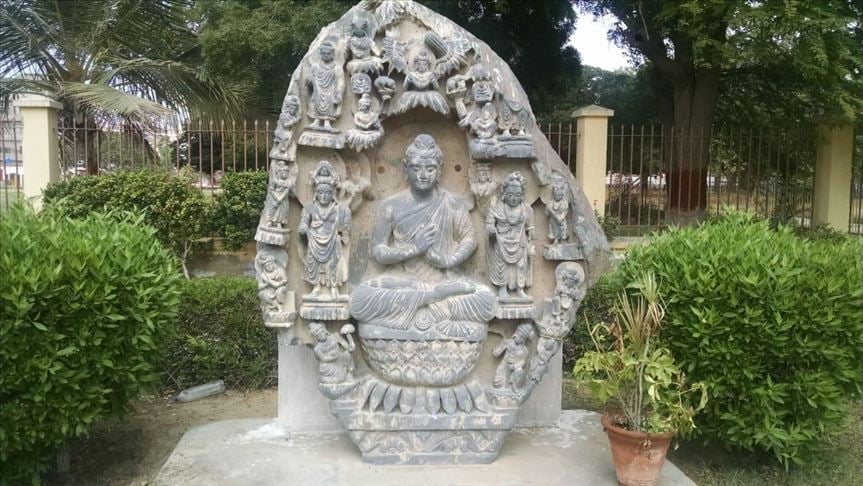
This period, epitomised by popular sites like Mehrgarh(Agaraian Civilisation), marked the Neolithic era, characterised by significant advancements in agriculture, the domestication of animals and plants, and the manufacturing of ceramics and tools.
Early Harappan Period 5500 to 2800 BC
During this phase, the Indus civilisation established strong trade connections with Mesopotamia, Egypt, and possibly China. Small village communities built ports, docks, and warehouses along waterways to streamline trade activities.
Mature Harappan Period 2800 to 1900 BC
This era witnessed the rise of bigger cities and extensive urbanisation. Iconic cities like Mohenjo-Daro and Harappa developed c. 2600 BC. Other urban centres such as Ganeriwala, Lothal, and Dholavira followed similar urban planning models, eventually leading to the establishment of over a thousand cities in every part of the region.
Late Harappan Period 1900 to 1500 BC
The decline of the civilisation coincided with the arrival of Aryan migrants from the northern region, potentially from the plateaus of Iran. Tangible proof indicates that shifts in climate, such as droughts, famines, and floods, have played a role in the civilisation’s decline. The disruption of economic ties with Mesopotamia and Egypt may have also contributed to this decline.
Post-Harappan Period 1500 to 600 BC
The cities of the civilisation were abandoned, and the people moved towards the south. Around the time of Cyrus II’s invasion in 530 BC, the Indus Civilisation had already declined.
This chronological framework helps us trace the evolution and eventual decline of this ancient civilisation, shedding light on the factors that shaped its destiny.
Early Excavations and the Discovery of the Indus Valley Civilisation
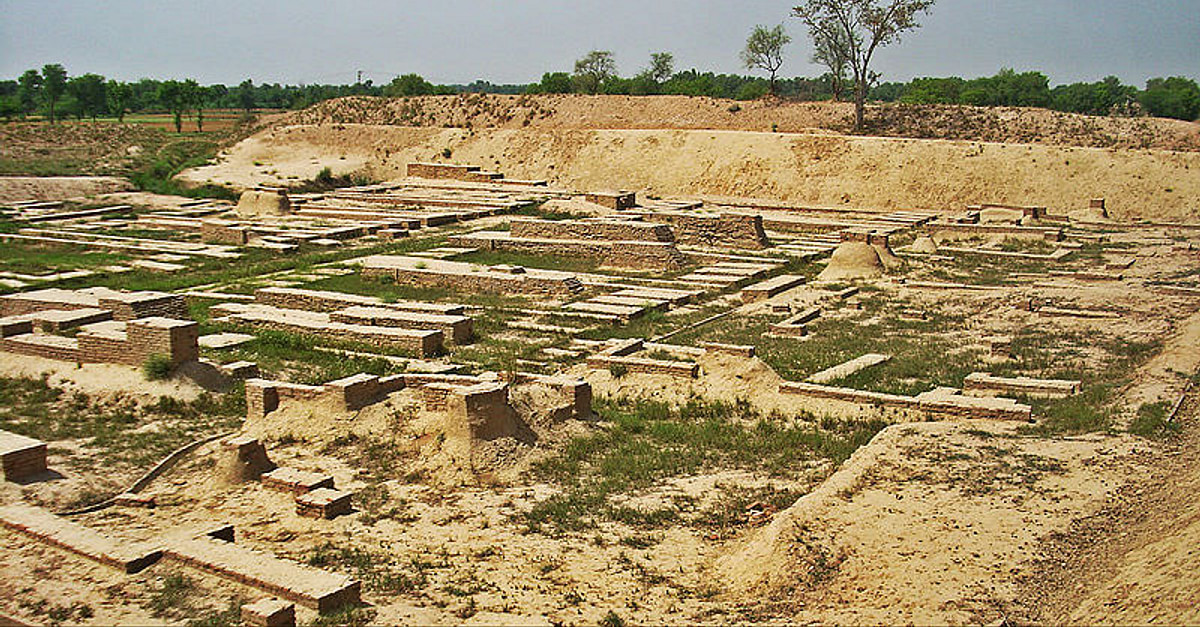
The story of the origins of the Indus Valley civilization traces back to the 19th century when Charles Masson, a British soldier turned explorer, stumbled upon ancient sites, including Harappa.
Masson’s findings initially went unrecognised, but they eventually caught the eye of Sir Alexander Cunningham. It wasn’t until 1904, under the leadership of John Marshall, that the significance of Harappa and a nearby site called Mohenjo-Daro became clear.
In addition, excavation of these sites unveiled the existence of the enigmatic Indus Valley civilisation, marking a groundbreaking moment in archaeology. Despite challenges, including the partition of India in 1947, researchers have discovered and explored numerous settlements and cities from this ancient civilisation, revealing its remarkable history.
Cities of Indus Valley Civilisations
This civilisation was home to a network of urban centres characterised by meticulous planning, advanced architecture, and effective governance systems. By 2600 BC, what initially were modest Early Harappan settlements had blossomed into sprawling cities.
Notable among these urban hubs were Ganeriwala, Harappa, and Mohenjo-Daro in what is now Pakistan, as well as Kalibangan, Dholavira, Rupar, Rakhigarhi, and Lothal in present-day India.
In total, researchers have unearthed over 1,052 settlements and cities, primarily clustered around the river Indus and its tributaries. It is estimated that at its zenith, the Indus Valley civilization may have been home to as many as 5 million inhabitants.
Also, the city remains of the Indus Valley civilisation reveal an astonishing degree of organisation, evident in well-engineered wastewater drainage and waste disposal systems, alongside public facilities like granaries and baths.
These cities were predominantly occupied by artisans and merchants who lived in distinct neighbourhoods. The quality of urban planning reflects the presence of effective municipal governments that prioritised cleanliness and religious rituals, shedding light on the advanced society that thrived in this ancient civilisation.
Society and Governance in the Indus Valley civilisation
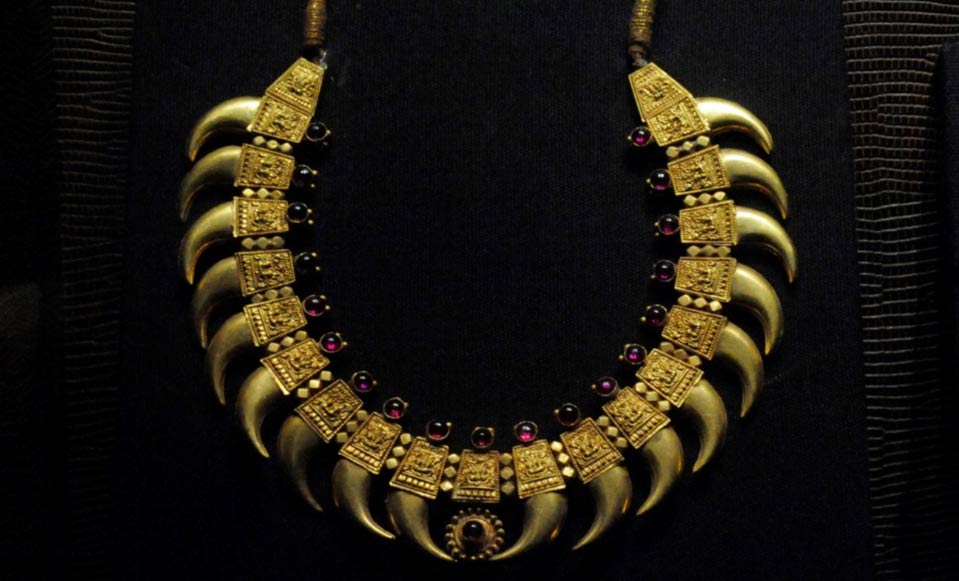
Archaeological findings do not offer clear insights into a central authority or depictions of governing figures in the Harappan society. What is striking, however, is the remarkable consistency of Harappan artefacts, such as pottery, seals, weights, and bricks, which all adhere to standardised sizes and weights, suggesting the presence of some form of authority or governance.
Three main theories have emerged over time to explain the governance or rule within the Harappan civilisation. The first suggests the existence of a single state that encompassed all the civilisation’s communities. This theory is based on the uniformity of artefacts, planned settlements, standardised brick sizes, and the deliberate establishment of settlements near sources of raw materials.
The second theory proposes a more decentralised system where various rulers governed individual urban centres, including Mohenjo-Daro, Harappa, and other communities.
Lastly, some experts have put forth the idea that the Indus Valley civilisation operated without traditional rulers as we understand them today, with its people enjoying a more egalitarian and equal status within the society.
Innovation and Exchange
In the Indus Valley civilisation, innovation and exchange thrived. They excelled in technology, utilising precision-made bricks, standardised weights, and measures, and a sophisticated urban sanitation system.
Seal carving was a notable craft, and their metallurgical expertise extended to copper, bronze, and more. Advancements like wheeled transport, boats, and a canal at Lothal facilitated their vast trade network, spanning Central Asia to the Middle East.
Besides, trade materials included minerals, metals, jade, and wood, and their presence in Mesopotamia underscored their extensive long-distance trade. This civilisation’s legacy of innovation and exchange continues to captivate our understanding of ancient history.
Religion and Culture
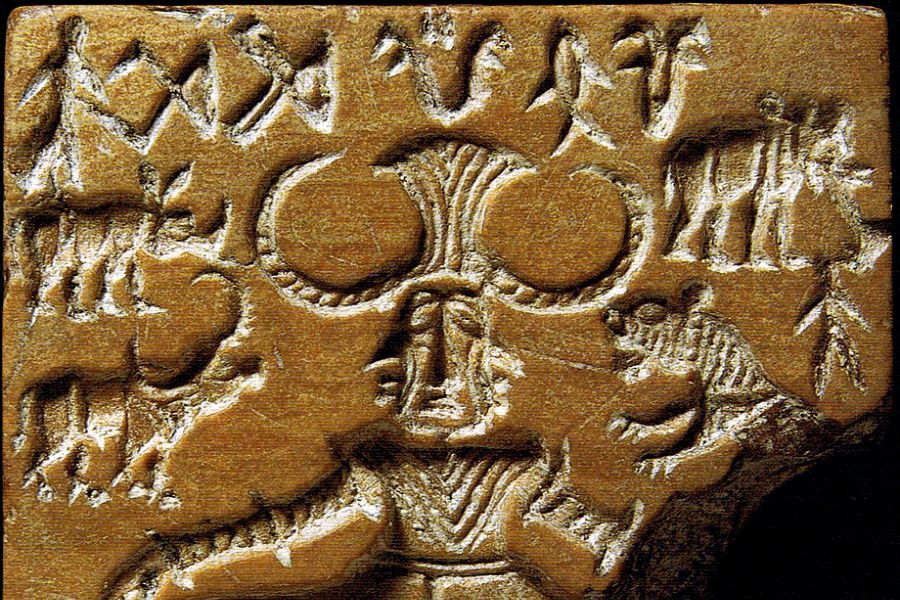
The religious and linguistic aspects of the Harappan civilisation remain shrouded in mystery. While researchers have discovered inscriptions with trident-shaped markings at Harappa, the true nature of this script is still debated. It’s unclear if it represents a language, and its relation to Indo-European and South Indian languages remains uncertain.
The enigma surrounding Harappan religion deepens due to the absence of temples or palaces in the archaeological record, although scholars have suggested that they venerated a mother goddess symbolizing fertility.
Their seals often featured animals, some in processions and others mythological, prompting speculation about their significance in Harappan religious and cultural life. On the other hand, Artistic representations and figures like the Dancing Girl, a small bronze figurine, and the distinctive attire of a priest-king figure hint at international influences.
Besides, these artefacts, including sculptures, pottery, gold jewellery, and detailed figurines, provide glimpses into the rich artistic and cultural heritage of the Indus Valley civilisation.
Technology
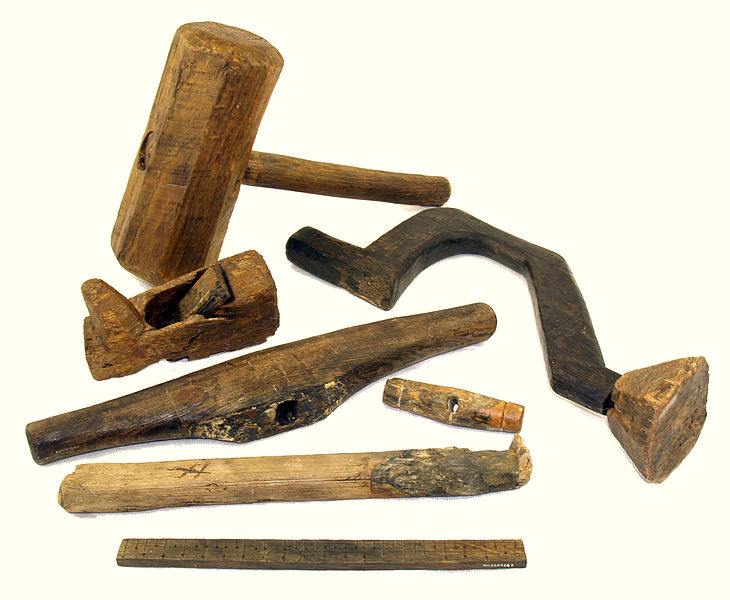
The Indus Valley civilisation was known for its impressive technology. They were masters of measurement, using tiny scales, even smaller than a grain of rice. They advanced a uniform system of weights and measures that was quite sophisticated for their time.
When building cities, they used bricks of the same size, showing careful planning. They were skilled in seal carving, often using these seals to mark their possessions and trade goods. Additionally, they were also experts in working with metals like copper and bronze and creating intricate objects with colourful gemstones.
Art and Craft
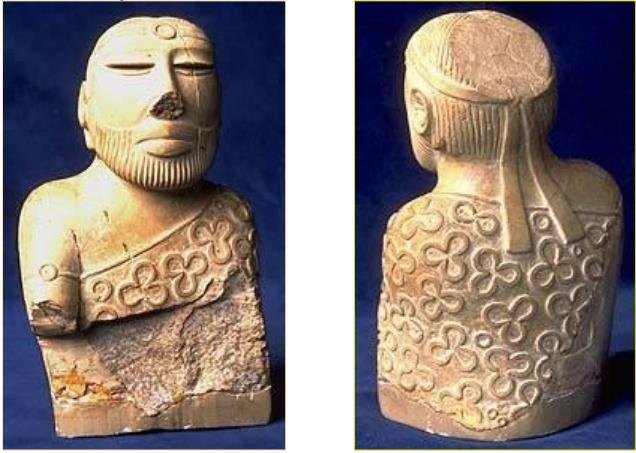
Artefacts from the Indus Valley excavation sites offer a glimpse into the rich artistic heritage of the culture. Among the discoveries are sculptures, seals, pottery, gold jewellery, and intricate figurines made from terracotta, bronze, and steatite.
Notable findings include a “Priest-King” figurine with a beard and patterned robe, along with a petite bronze figurine known as the “Dancing Girl,” suggestive of choreographed dances enjoyed by the civilisation. Terracotta creations depict various animals, from cows and bears to monkeys and dogs.
Additionally, historians believe that the people of the Indus Valley River crafted ornate necklaces, bangles, and other jewelry, showcasing their artistic talents and cultural richness.
This was all about Indus valley civilisation. For more information, visit Graana.com.
